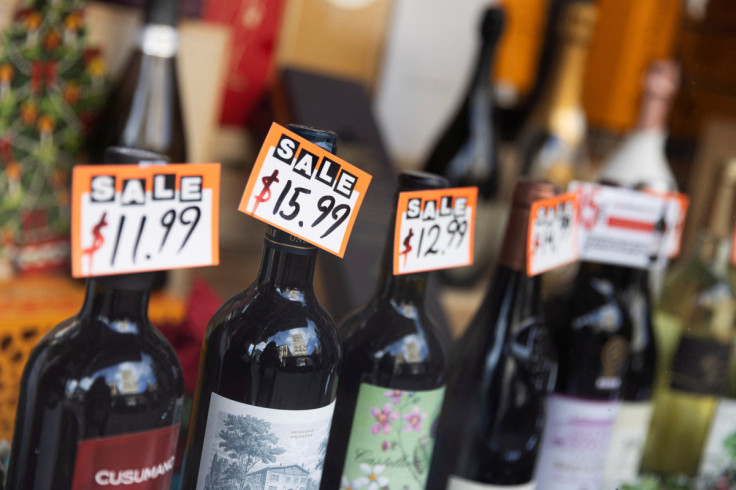New Artificial Intelligence Tool Can Detect Fraudulent Wine
This artificial intelligence tool is particularly significant in combating the issue of counterfeit wines infiltrating the market.

Scientists have successfully trained an algorithm to trace the origins of wines through routine chemical analyses.
This groundbreaking development promises to revolutionise the wine industry by enhancing authenticity verification and protecting both producers and consumers from the growing threat of counterfeit wines.
Professor Alexandre Pouget from the University of Geneva in Switzerland highlighted the prevalence of wine fraud, stating: "There's a lot of wine fraud around with people making up some crap in their garage, printing off labels, and selling it for thousands of dollars. We show for the first time that we have enough sensitivity with our chemical techniques to tell the difference."
To educate the program, scientists employed gas chromatography, a technique traditionally used in laboratories to analyse the composition of mixtures.
They used 80 wines harvested over a 12-year span from seven distinct estates in the Bordeaux region of France.
Unlike conventional approaches that seek specific compounds distinguishing one wine from another, the algorithm leverages the entirety of detected chemicals in the wine to establish the most reliable signature for each.
The program visually represents its findings on a two-dimensional grid, where wines with akin signatures form cohesive clusters.
The immediate revelation from this analysis was the emergence of clusters aligning with specific chateaux.
Professor Alexandre Pouget from the University of Geneva remarked: "It's the overall pattern of concentrations of many, many molecules that distinguishes a chateaux. Each is a symphony: there isn't a single note that distinguishes them, it's the whole melody."
The plotted clusters not only disclosed distinctive chemical signatures but also mirrored the geographical layout of the estates on the ground, with wines from certain chateaux north of the Dordogne River distinct from those west of the Garonne River.
Pouget noted: "When we do these projections from the chromatograms, we recover the map of Bordeaux."
David Jeffery, an associate professor in wine science at the University of Adelaide, emphasised the increasing potential of machine learning in various applications within food and agriculture, underscoring its value in this investigation.
While the algorithm showcased an impressive 99 per cent accuracy in tracing wines back to the correct chateaux, its proficiency waned when distinguishing vintages, achieving a maximum of 50% accuracy.
The findings, set to be published in Communications Chemistry, propose that machine learning could significantly aid fraud investigations by confirming wine authenticity, especially in Europe, where counterfeit alcohol leads to €3 billion (£2.6bn) in lost sales annually.
Notably, recent cases in the industry have exposed large criminal networks, as exemplified by a gang convicted earlier this year for passing off Spanish table wine as French Bordeaux.
Despite its primary role in fraud detection, Pouget envisions broader applications for the program, suggesting its use in monitoring the quality and blending process of wines.
He explained, "We could use this to figure out how to blend wines to optimise quality. Wine blending is the key step in making great Bordeaux and Champagne."
Pouget believes that tools like these could democratise the art of wine blending, making it more accessible and cost-effective for winemakers to create exceptional blends.
This development is particularly significant in combating the issue of counterfeit wines infiltrating the market.
With fraudulent producers resorting to creating fake labels and selling inferior products at inflated prices, the algorithm's precision in identifying authentic wines becomes a crucial tool in ensuring transparency and consumer trust.
The researchers involved in this project believe that their methodology could revolutionise the wine industry's approach to authenticity verification.
By establishing a link between chemical fingerprints and geographic origin, the algorithm not only acts as a deterrent to fraud but also bolsters the reputation of genuine wine producers.
The potential applications of this technology extend beyond the realm of wine.
Similar techniques could be adapted to address authenticity challenges in other industries where fraudulent practices are a concern.
As the algorithm moves closer to practical implementation, it holds the promise of reshaping how products are verified and authenticated across various sectors.
© Copyright IBTimes 2025. All rights reserved.






















